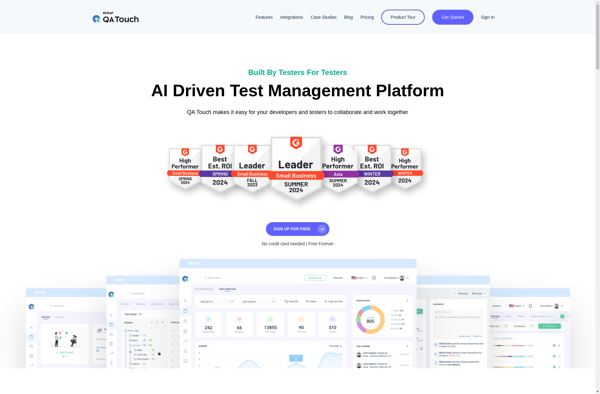Description: QA Touch is an open-source test automation framework for mobile and web apps. It supports cross-browser testing and offers recording, scripting, and reporting capabilities to streamline test creation and execution.
Type: Open Source Test Automation Framework
Founded: 2011
Primary Use: Mobile app testing automation
Supported Platforms: iOS, Android, Windows
Description: SQA Mate is test management software that helps QA teams manage requirements, test cases, defects, and automation. It provides traceability between these artifacts and reporting capabilities.
Type: Cloud-based Test Automation Platform
Founded: 2015
Primary Use: Web, mobile, and API testing
Supported Platforms: Web, iOS, Android, API

